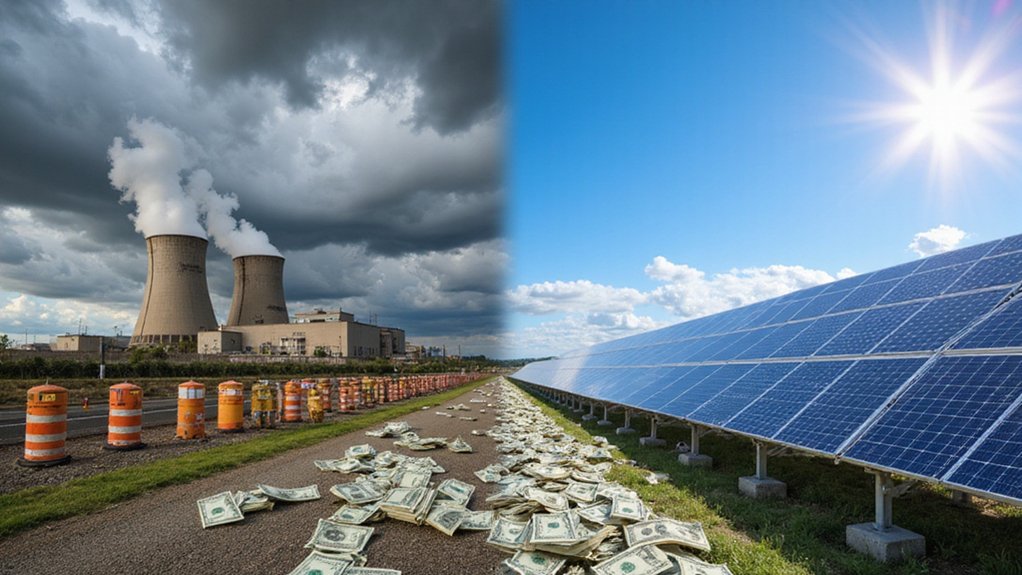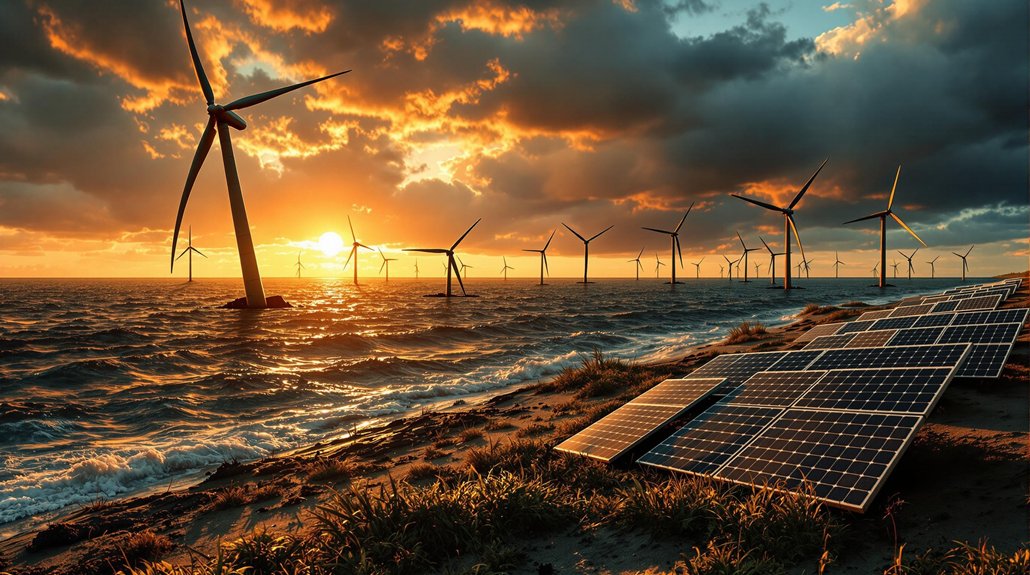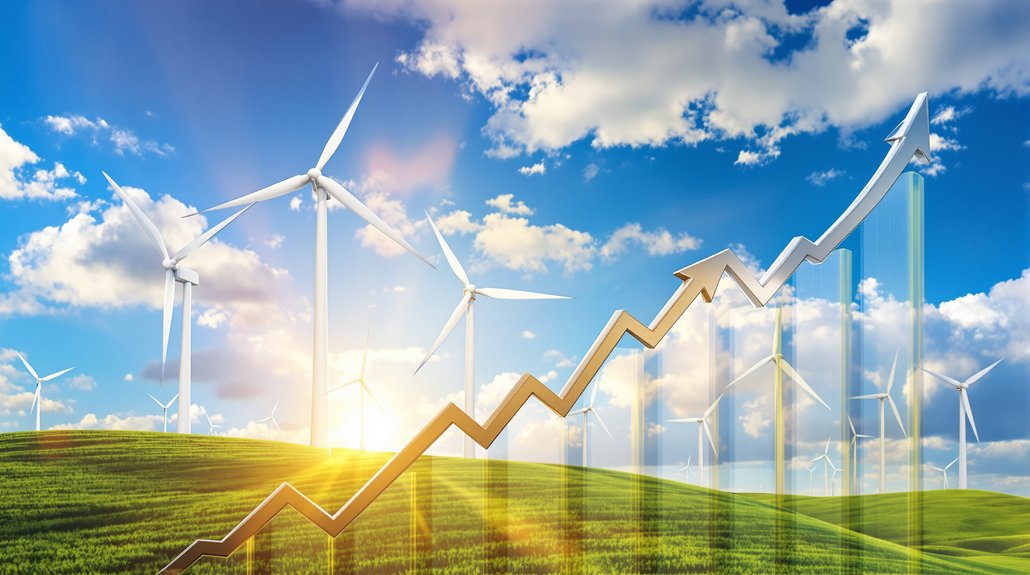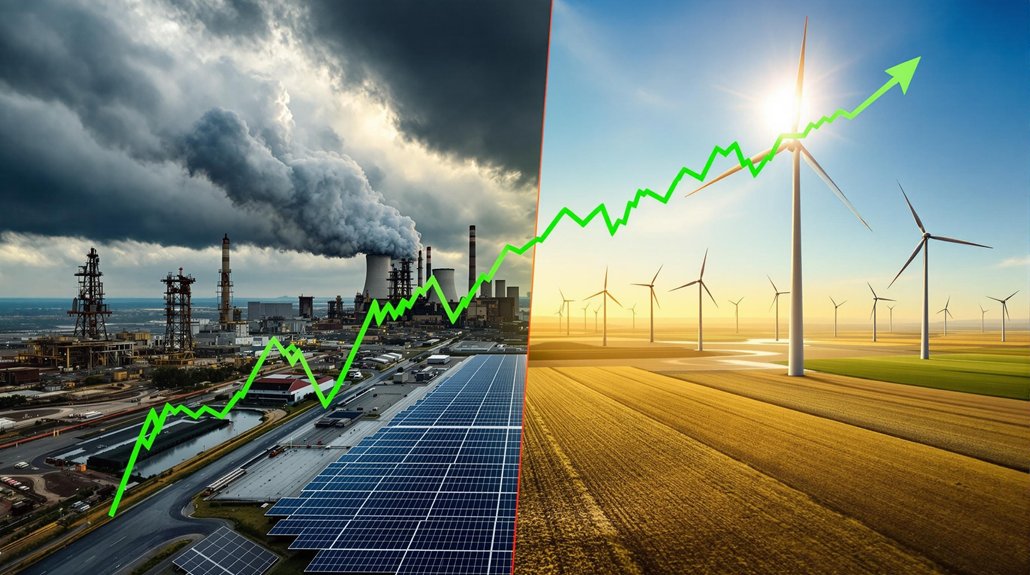Nuclear power plants face massive financial risks that threaten their future in the global energy mix. These plants typically exceed their budgets by 102.5%, costing on average $1.56 billion more than first estimated. This makes nuclear power the worst performer among all energy technologies when it comes to cost overruns.
Time is another enemy for nuclear projects. While most energy projects run about two years behind schedule, nuclear plants suffer the longest delays of any energy technology. Nuclear projects experience average delays of 35 months, significantly higher than other energy infrastructure projects. These extensions don’t just test patience—they drain money through ongoing interest payments and push back the date when plants can start making money.
Investors are taking notice of these challenges. As the world needs about $100 trillion to build the infrastructure for net-zero carbon emissions, money is increasingly flowing toward safer bets. Solar power now attracts more investment because it has the lowest risk profile, while nuclear carries the highest.
Supply chain issues add to nuclear’s problems. Uranium production and specialized technology are concentrated in just a few countries. This creates bottlenecks and makes projects vulnerable to global politics. When critical components can’t be sourced, project timelines stretch even further.
Complex regulations also slow nuclear development. The approval process is lengthy, and changing policies make investors nervous. Despite the DOE’s focus on renewable energy research, carbon capture technology remains essential for meeting climate goals while maintaining reliable power generation. While some countries are working to simplify these rules, the uncertainty still drives away potential backers.
Despite these obstacles, some bright spots exist. Nuclear generation is expected to reach record levels by 2025. New technologies like Small Modular Reactors could grab 10% of the market by 2040 and might solve some financial challenges through standardized designs and faster construction. A move toward smaller, modular projects could significantly reduce the financial risks associated with traditional large-scale nuclear facilities.
These innovations come at a critical time. Half of the US faces increasing risks of power outages in the next decade. While nuclear power offers climate benefits, its financial gambles continue to push investors toward solar’s more predictable returns.
References
- https://www.bu.edu/igs/2025/05/19/investment-risk-for-energy-infrastructure-construction-is-highest-for-nuclear-power-plants-lowest-for-solar/
- https://www.pv-magazine.com/2025/05/21/nuclear-power-carries-highest-investment-risk-solar-shows-lowest-say-us-researchers/
- https://www.nei.org/news/2025/state-of-the-nuclear-energy-industry-2025
- https://bioengineer.org/comparative-investment-risks-in-energy-infrastructure-nuclear-power-plants-face-highest-risks-while-solar-stands-lowest/
- https://www.certrec.com/blog/the-resurgence-of-nuclear-power-analyzing-the-ieas-2025-outlook/








